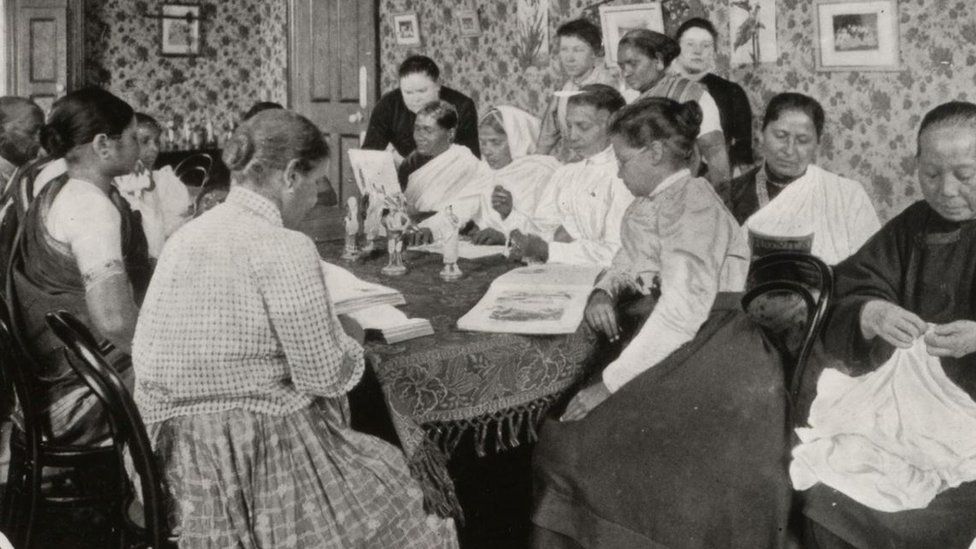by GAGGAN SABHERWAL

During the heyday of the British empire, thousands of women from India and other parts of Asia were brought to London to look after young children – but many of these nannies were later abandoned and left to fend for themselves. Now, a building in London which housed them is set to be commemorated with a blue plaque.
The blue plaque scheme, run by the UK charity English Heritage, honours buildings across London that have been closely associated with important historical figures.
Several Indians – including independence leader Mahatma Gandhi, the country’s first prime minister Jawaharlal Nehru, and the architect of its constitution BR Ambedkar – have been commemorated with the plaques. In 2020, World War Two spy Noor Inayat Khan became the first woman of Indian origin to receive a blue plaque.
The honour for the Ayahs’ Home, which stands at 26 King Edward’s Road in Hackney, East London, is the result of a campaign started by Farhanah Mamoojee, a 30-year-old woman of Indian origin, who first heard of the place when it was briefly mentioned in a BBC documentary.
The building is known to have housed hundreds of destitute ayahs and amahs – as Indian and Chinese nannies were called respectively.
Ms Mamoojee, and historians who have researched the role and contributions of these nannies, now hope that the honour will help shine a spotlight on these forgotten women.
Who were the ayahs?
Most of these women came from countries such as India, China, Hong Kong, British Ceylon (now Sri Lanka), Burma (Myanmar), Malaysia and Java (part of Indonesia).
“Ayahs and amahs were basically domestic workers and the backbone of British families in colonial India. They looked after the children, entertained them, told them stories, and rocked them to sleep,” says Rozina Visram, historian and author of Asians in Britain: 400 Years of History.
When these families returned to Britain, they would often bring their ayahs back with them. Some were asked to accompany the families just for the long, difficult voyage, Ms Visram says, while others were employed for a few years.
“These nannies were usually provided with a return ticket back home at the expense of the family,” she says.
But not everyone was as lucky – many were dismissed and abandoned by their employers without any pay or arrangements for their passage back home. Some were also forced to stay on because they couldn’t find families to accompany them on the return voyage.
“This led to the ayahs being forced to fend for themselves,” says Florian Stadtler, a lecturer in literature and migration at the University of Bristol who has worked with Ms Visram on the topic.
BBC for more